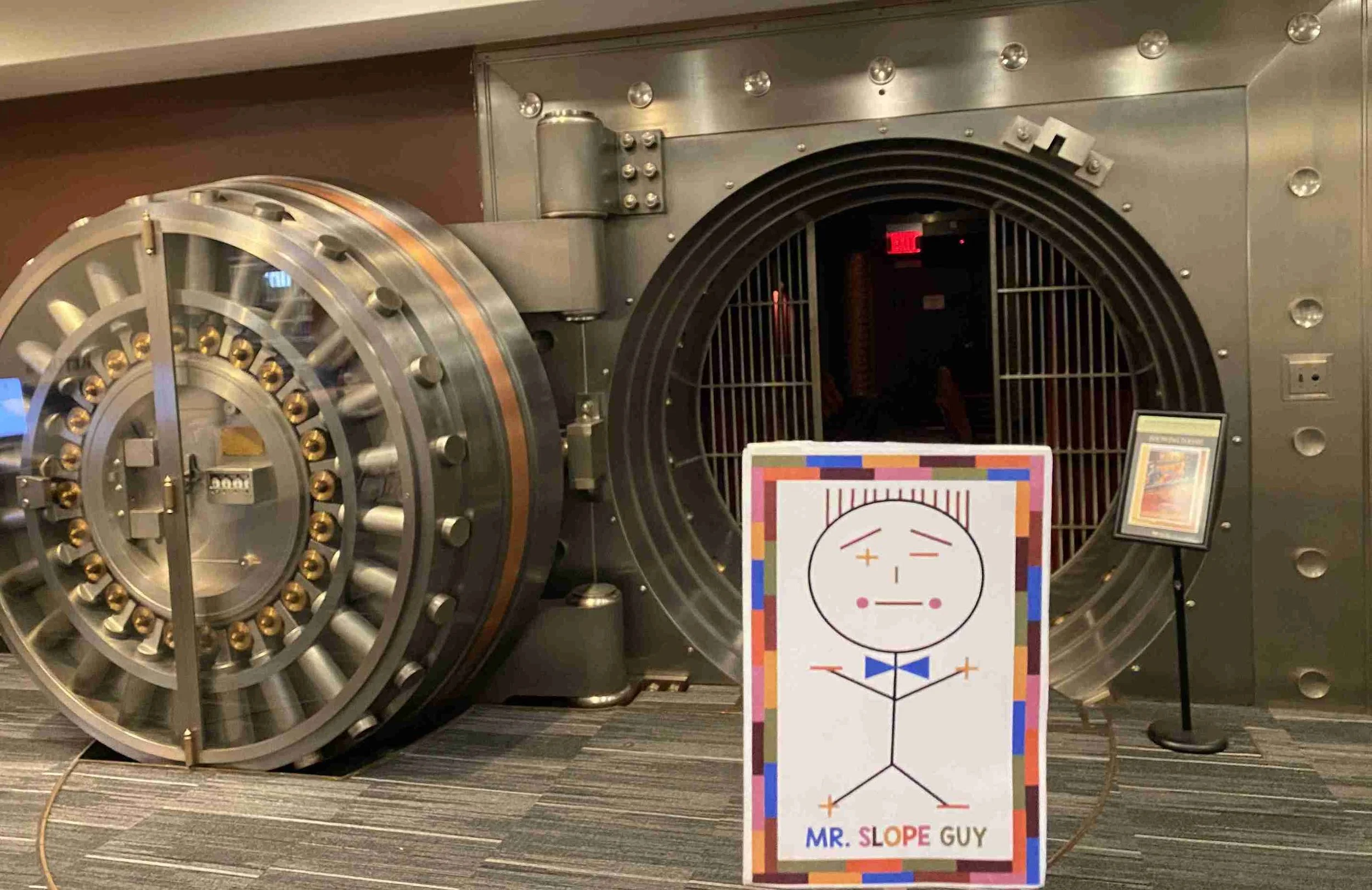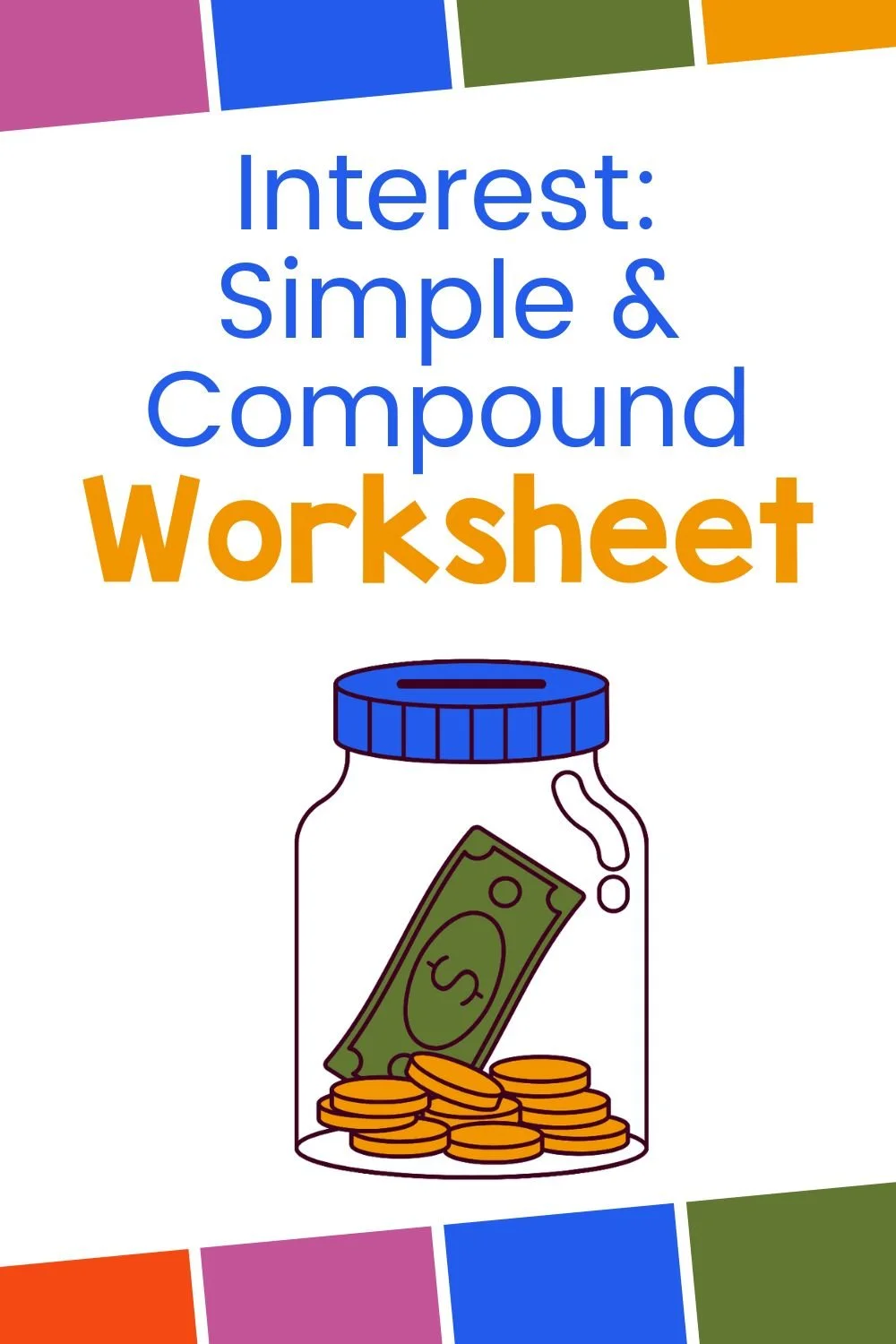Teaching Compound Interest: Einstein's "Eighth Wonder of the World"
Albert Einstein once famously said, "Compound interest is the eighth wonder of the world. He who understands it earns it… he who doesn't… pays it." As math teachers, this quote perfectly encapsulates the power of compound interest and why it’s essential for students to understand this life-changing concept. Whether students will one day invest their money or find themselves managing debt, knowing how compound interest works can make a huge difference in their financial futures.
Why Teach Compound Interest?
For many students, compound interest is the first time they encounter the concept of money growing (or shrinking) over time based on more than just what they put in. Compound interest, which grows on both the initial principal and the accumulated interest, can transform small amounts into significant sums over time. Inversely, when not understood, it can lead to mounting debt that feels impossible to escape.
This concept directly ties into practical financial literacy—something every student will need long after they’ve left your classroom. The sooner students grasp the idea of compounding interest, the more empowered they will be to make wise financial decisions as adults.
Breaking Down Compound Interest
While the compound interest formula may seem intimidating at first glance, breaking it down into understandable chunks is key to helping students gain confidence with the topic. Start by explaining each part of the equation and providing real-life examples, such as bank savings accounts, loans, or credit card debt. Show them how even small percentages can lead to major growth—or debt—over time.
Examples to Illustrate Compound Interest
One of the best ways to teach compound interest is to show it in action through examples. Here are a few you might use in the classroom:
Example 1: Growing Savings
Imagine a student starts with $1,000 and places it in a savings account that earns 5% annual interest, compounded yearly. After one year, the student would have $1,050. But after two years, they wouldn’t have just $1,100—they would have more, because the interest from year one has also earned interest. This continues to snowball over time.
You could have students calculate how much the same amount of money grows over 10, 20, and 30 years using different interest rates and different compounding frequencies (e.g., quarterly, monthly). Seeing the huge difference that compounding frequency makes can be eye-opening!
Example 2: The Power of Starting Early
One of the most impactful lessons about compound interest is the importance of starting early. If two students each save $5,000 but one starts at age 18 and the other at age 28, the one who starts earlier will have significantly more money by retirement—even though both contributed the same amount of principal.
Have students work out examples where time is the variable, and they’ll quickly see that compound interest rewards patience and consistency.
Example 3: The Dark Side of Compound Interest—Debt
It’s equally important to show students how compound interest can work against them if they’re not careful. Credit card debt, for instance, accrues compound interest when balances aren’t paid off. Explain how making only minimum payments can cause the debt to snowball.
By demonstrating the flip side of compound interest, you can reinforce the importance of financial responsibility.
Using Real-Life Contexts
The concept of compound interest is all around us, from savings accounts and retirement funds to mortgages and loans. You can help students engage with compound interest by connecting it to things they care about:
Saving for Big Goals: Whether they’re saving for a car, college, or a vacation, show students how compound interest can help them achieve their goals faster.
College Loans: Discuss how student loans accumulate interest and why paying off loans early can save them significant amounts of money in the long run.
Retirement Savings: Even though retirement may seem like a distant concern, help students see how starting a retirement account early gives compound interest time to work its magic.
Mr. Slope Guy stands in front of a not so secret bank vault buried beneath a library in Kansas City, MO—because where better to talk about compound interest than inside a vault? 💰📚 Just like this awesome spot, the power of interest grows quietly over time.
Einstein’s Wisdom for Financial Literacy
Einstein’s statement, "He who understands it earns it … he who doesn't … pays it," is a powerful reminder of how compound interest can either work for us or against us. Teaching students about compound interest isn’t just about getting them through math class; it’s about equipping them with the tools they need to make informed financial decisions throughout their lives.
Making Compound Interest Engaging
Here are some ideas to bring compound interest lessons to life:
Online calculators: Let students explore how different interest rates, compounding frequencies, and time periods impact the final amount.
Interactive simulations: Use apps or websites that simulate how investments or debt grow over time.
Classroom debates: Ask students to argue the benefits of saving early vs. later or the pros and cons of different savings and investment strategies.
Conclusion
Compound interest truly is the "eighth wonder of the world," as Einstein put it. It’s a remarkable concept that helps students understand not only math but the importance of making smart financial decisions. By teaching compound interest with real-world applications and using engaging examples, we give our students the knowledge and power to harness this "wonder" for themselves—earning it, rather than paying it.
Teaching students the principles of compound interest is more than a math lesson; it’s a lifelong skill that can shape their futures in profound ways.




